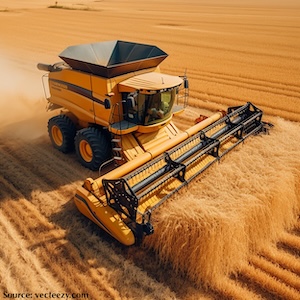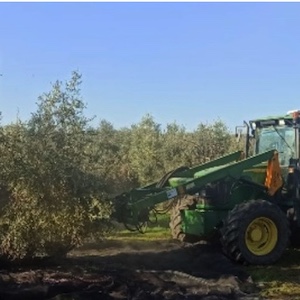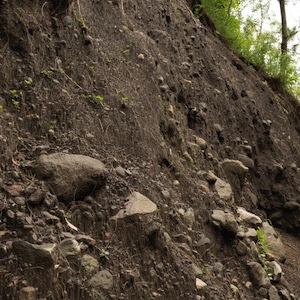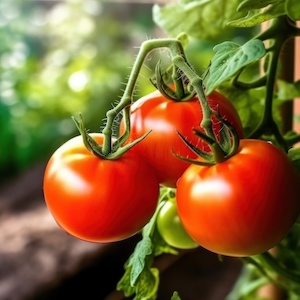GPPK4PCM: pest classification model integrating growth period prior knowledge

All claims expressed in this article are solely those of the authors and do not necessarily represent those of their affiliated organizations, or those of the publisher, the editors and the reviewers. Any product that may be evaluated in this article or claim that may be made by its manufacturer is not guaranteed or endorsed by the publisher.
Authors
Recent advancements in computer vision technology have significantly improved pest classification. However, pests of the same species exhibit distinct morphological changes throughout different life periods. Traditional methods apply the same feature extraction techniques to all periods, limiting classification precision. In addition to its inherent visual characteristics, pest images contain implicit growth period information. To address this issue, we propose a Pest Classification Model Integrating Growth Period Prior Knowledge. The model is composed of three sub-modules where: i) A deep learning network first identifies the growth periods of pests, and this prior knowledge is then used to guide the text encoder of the CLIP pre-trained model in generating period-specific textual features. ii) A parallel deep learning network extracts visual features from pest images. iii) An efficient low-rank multimodal fusion module integrates textual and visual features through parameter-optimized tensor decomposition, significantly improving classification accuracy across pest developmental phases. To evaluate its effectiveness, a dataset containing pests at different growth periods was constructed from Sichuan Agricultural University's pest dataset. Experimental results show that GPPK4PCM outperforms well-established deep learning neural networks. Compared to other advanced models, the proposed model excels in pest and disease classification tasks, effectively handling significant morphological differences across life periods.
Guangzhou Key Laboratory of Agricultural Products Quality & Safety Traceability Information Technology Zhongkai University of Agriculture and Engineering, Guangzhou;
Smart Agriculture Innovation Research Institute, Zhongkai University of Agriculture and Engineering, Guangzhou, China
Guangzhou Key Laboratory of Agricultural Products Quality & Safety Traceability Information Technology Zhongkai University of Agriculture and Engineering, Guangzhou;
Smart Agriculture Innovation Research Institute, Zhongkai University of Agriculture and Engineering, Guangzhou, China
How to Cite

This work is licensed under a Creative Commons Attribution-NonCommercial 4.0 International License.














